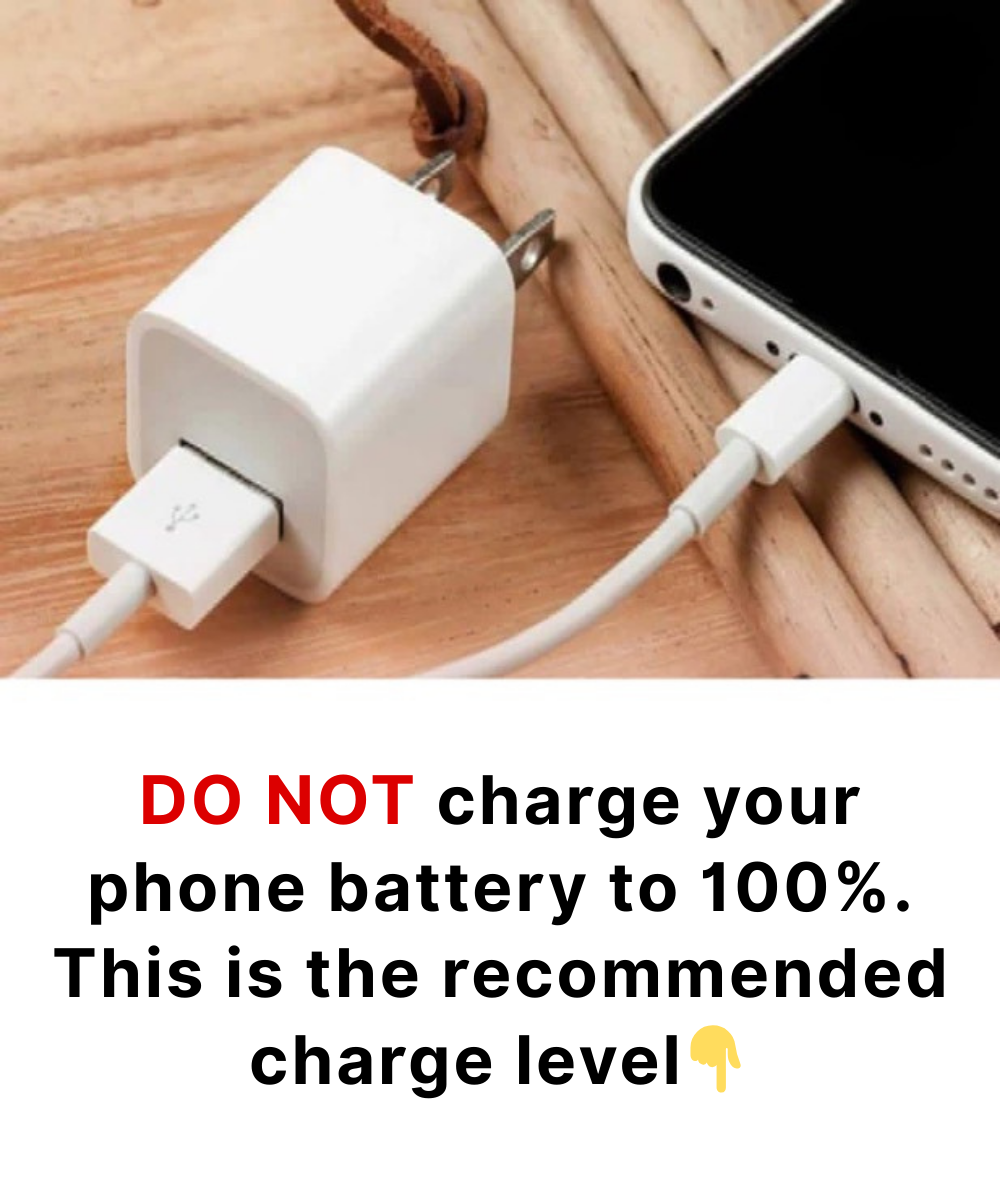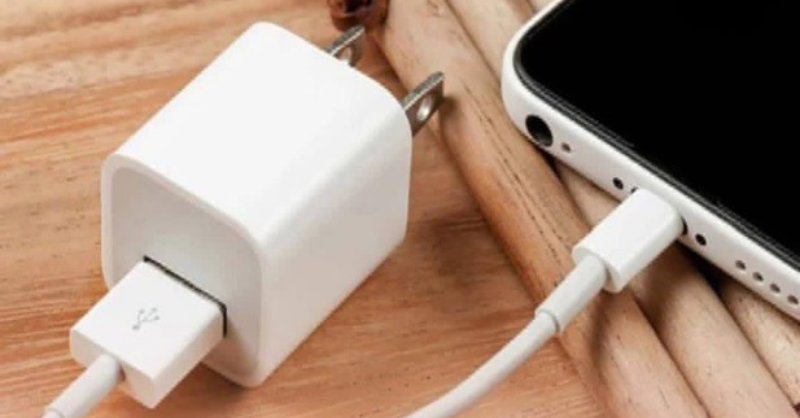
We all do it: plug in our phone at night, leave it charging until morning, and start the day with a full battery.
It’s convenient… but not the best thing for its long-term health.
Most modern smartphones use lithium-ion batteries. While they’re powerful, they have a weakness: they wear out faster when they stay fully charged too often. And a worn-out battery means less battery life and more frequent charging.
Battery chemistry, simplified
Inside, energy is stored through chemical reactions. The closer the battery gets to full capacity, the higher the internal voltage becomes—putting more stress on the cells. Think of it like a balloon you blow up to the max every single day: over time, it loses its elasticity.
Keeping a battery at 100% for long periods speeds up its natural aging.

Why aim for 80 to 90% instead
Studies and manufacturers’ tests show that limiting the charge to around 80–90% reduces internal stress. The benefits:
•Less heat generated at the end of charging, which lowers the risk of damage.
•Less chemical wear in the long term.
•Battery life that stays stable for much longer.
That doesn’t mean you should never charge to 100%. If you’re traveling or know you won’t have access to a charger, a full charge is still useful. The key is to avoid making it an everyday habit.
Simple tips to extend battery life
•Recharge before it hits 0%. Letting your phone drain completely too often wears the battery down. Ideally, plug it in around 20%.
•Favor partial charges. A few shorter charges throughout the day are better than one long charge to 100%.
•Protect it from extreme temperatures. Don’t leave your phone in direct sunlight or freezing cold, as both can reduce performance.
•Use quality chargers. Cheap models may deliver unstable voltage, which can damage the battery.
•Turn on “optimized charging.” Many smartphones now delay the final part of charging until the usual time you unplug your device.
The science behind it
Manufacturers and experts agree: keeping the charge between 20% and 80% can often double the number of full cycles a battery can handle before its capacity starts to decline.
A full cycle means using 100% of the battery’s power, but not necessarily all at once. For example, charging from 50% to 100% equals half a cycle. The fewer complete cycles your battery goes through, the longer it lasts.

Should you change your habits?
That depends on how you use your phone:
•If 80–90% is enough to get you through the day, stick to that limit.
•If you really need 100% to last until bedtime, that’s fine—but avoid leaving it plugged in long after it’s full.
The goal is to strike a balance between convenience and preserving battery health.
The takeaway
Charging to 100% every day—especially overnight—wears your battery down faster. By keeping it between 20% and 80–90% most of the time, you’ll protect its lifespan, reduce overheating risks, and maintain performance.
A well-cared-for battery means a phone that stays reliable… and less panic when that icon turns orange.